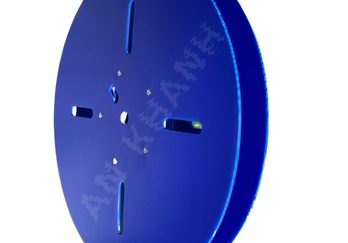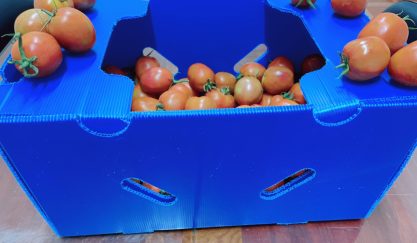

Properties of PP plastic
- Post by admin
- 0 Comment
- Update news
Why is PP plastic commonly used?
Many people often ask the question: Is PP plastic safe? Why is it so commonly used?
PP plastic is widely used in home and industry with high safety and adaptability to many different uses.
PP plastic material functions as both a plastic material and a fiber. This is also a special characteristic of this type of plastic.
What is PP plastic?
PP plastic stands for Polypropylene, which is a hard thermoplastic produced from Monomer Propene (or Propylene). It is also known by the names PP plastic material.
Full name: Polypropylene plastic
The chemical formula is (C3H6)n.
Melting temperature: 160 °C
Density: Amorphous: 0.85 g/cm3 and crystalline: 0.95 g/cm3
Tensile strength 30 – 40 N/mm2
Elongation 250 – 700 %
Currently, PP is a quite popular plastic and one of the cheapest plastics but is considered a highly heat-resistant plastic. Products made from PP plastic are also very familiar and diverse in daily life.
Basic properties of PP plastic
PP plastic has high mechanical strength, is quite hard and not as flexible as PE plastic, does not stretch, so it is made into fibers.
Can tear easily with a small cut or puncture.
The plastic has a transparent color and a glossy surface for high and clear printing.
Colorless, odorless, tasteless and non-toxic.
Withstands temperatures higher than 100 degrees Celsius. Has better heat resistance than PE and also has very good electrical and chemical properties.
High melting temperature (160 degrees C-180 degrees C), if there is no external force, it can maintain a 3-dimensional state at a temperature of 150 degrees C.
Resistant to water vapor, grease and gases.
Has a crystallinity of about 70%, colorless and semi-transparent.
Elastic modulus 1.5–2 GPa
Shrinkage coefficient: 1-3%
PP virgin plastic beads

PP virgin plastic is a type of plastic produced from petroleum. Unlike other types of PP scrap or recycled PP plastic, this plastic is characterized by being unused and unadulterated, with original white color, no additives added, with purity and purity of up to 100% plastic. 99%.
During the production process, people often add colors to make the finished product look more eye-catching. Furthermore, it will bring diversity in terms of labels, packaging… with unique blue, red, purple, yellow… colors.
Polymer additives such as depositors, flame retardants, glass fibers, minerals, conductive fillers, lubricants, colorants and many other additives can further improve the physical properties, mechanics of PP.
For example, PP has poor UV protection, so additives such as hindered amines help stabilize light and improve longevity compared to unmodified polypropylene. In addition, fillers (clay, talcum powder, calcium carbonate…) and reinforcements (glass fibers, carbon fibers…) are added to achieve significant properties related to processing and application. final use. The development and use of new additives, the latest polymerization processes and blending solutions significantly increase the performance of polypropylene. Therefore, today PP is also a material that competes with traditional engineering plastics and sometimes metals (e.g. long glass fiber reinforced PP grades).
Is PP toxic?

Plastic identification code PP is 5, PP is 100% recyclable. Car battery boxes, signal lights, battery cables, brooms, brushes, ice scrapers, etc., are some examples that can be made from recycled polypropylene (rPP).
The PP recycling process mainly involves melting waste plastic to 250°C to remove contaminants, followed by removing residual molecules under vacuum and solidifying at nearly 140°C. This recycled PP can be blended with virgin PP at a ratio of up to 50%.

The use of PP is considered safe as it does not have any significant effects from an occupational health and safety point of view, in terms of the toxicity of the chemical.
When choosing products and appliances for daily life. The first thing we care about is probably the quality and safety of the product.
Primary PP plastic is colorless, odorless, tasteless and harmless. It is generally considered a safe finished product and is often used in fields that prioritize high safety such as medical and food packaging. With a smooth, stain-resistant surface, PP plastic products can be used many times and are easy to clean after use.
This post is also available in: Vietnamese







